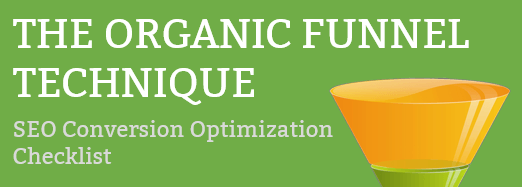
Has anyone seen the latest University of Phoenix UoP commercials? What is the message? Get an education at UoP – our graduates are executives in business and we have business partners to help you get to where you want to be. Colleges like Strayer University, Grand Canyon University are now listed in INC as one of the top 50 companies.
A major trend in Higher Education enrollments for the past decade has been the number of adults greater than age 25 and older seeking an education. It could be finishing their degree through employer tuition aid, upgrading their professional skills to be more attractable to their company, changing careers, or reestablishing a post-military career. As people are positioning themselves for success – and corporate executives agree – education is the key that opens the door to work that’s meaningful, financially rewarding and in demand. There is every indication that this trend will continue, but with who?
Here are 4 strategies not-for-profit and public institutions can adopt to help level the playing field.
Strategy 1: Attracting and Engaging with Students and Businesses
Most segments of higher education are competing for students by establishing digital relationships. For-profits such as the UoP are increasingly developing these relationships and are dominating the market as a result of innovative approaches to registration and learning. For-profit educational providers have shifted the majority of their outreach online. Because of of their success reaching their target audiences, they are also increasing their online/mobile marketing budgets in PPC, SEO and using lead generation tactics normally seen at savvy B2B organizations to further cushion themselves from competitors. They are constantly improving the student experience by creating mobile scheduling and registration, information sharing through public and private social channels, using marketing automation for segmented content delivery and improving the capabilities of their LMS.
Public four year colleges, community colleges, and tuition driven not-for-profits need to market and attract businesses through their websites, social and mobile channels using a constant testing and analytical, data driven-results approach. You can help accomplish this by developing a strong digital student support service, a digital marketing communication strategy and a business outreach plan.
Digital marketing automation strategies can drive business students toward new courses and re-certifications. It improves follow through with successful alumni, telling success stories and advertising. Stories about the success of a particular individual or business partner on the website, through video rolls, podcasts, blogs and social media campaigns help attract the attention of businesses that want to improve themselves. Anything done online must be kept relevant and focused on the needs of the potential student, not the institution.
Strategy 2: Know Your Strengths and Recognize Your Weaknesses
This seems like a no-brainer, but unless you are able to recognize where you are failing, it will be difficult to turn the ship.
All colleges and universities pride themselves on developing educational programs, curriculum and instruction in degree and certificate programs. Public four year colleges, community colleges and tuition driven not-for-profits will also need to further apply this strength into workforce training by partnering with businesses in customized curriculum design, development and delivery of educational solutions for their employees.
A Digital Strategy helps take a more proactive approach in targeting businesses and job titles of the people and employers you’re looking to attract and engage. What are some of your educational programming, curriculum and instruction you would like generate more interest in? What type of information do they like to consume?
Strategy 3: Meeting the Educational Need Across Age Generations
The new generational mix, accommodating active adult lifestyles and corporate globalization will be a critical factor when choosing a college or university academic degree or professional certificate program. For-profits have done remarkably well in the past decade to accommodate these demographics, especially though online learning.
Tuition driven not-for-profits, public institutions and community colleges will need to invest in, develop and build their technology infrastructure in LMS Tutoring (remedial training), Interactive Learning Platforms (asynchronous and synchronous) and Student Support Services (PC and Mobile) in meeting the needs across all age generations – ultimately improving the learning experience and increase registrations.
Strategy 4: Connecting Students with Businesses
Lastly, the most important digital strategy for any college and university is to get students and business involved. Colleges and universities, similar to UoP, need to demonstrate that their academic and certificate programs meet the needs of the community which will in turn positively impact the industries they serve.
A digital strategy provides an efficient and effective means in touching the communities they serve, i.e. promoting courses, programs, events, campaigns, foundation, blogging topics, recruiting effort (students to businesses, similar to FL Trade.org). This helps to connect the student to the college to the business.
Community Colleges are Playing Catch-Up
Given the number of options that adult students and businesses have when selecting a college or university, public institutions and community colleges must go above and beyond to ensure students and businesses understand exactly the advantages you provide. See Click Laboratory’s free eBook 15 Reasons Why Community Colleges Should be Your Business Training Resource. See Click Laboratory’s free resource – 15 Reasons Why Community Colleges Should be Your Business Training Provider.

